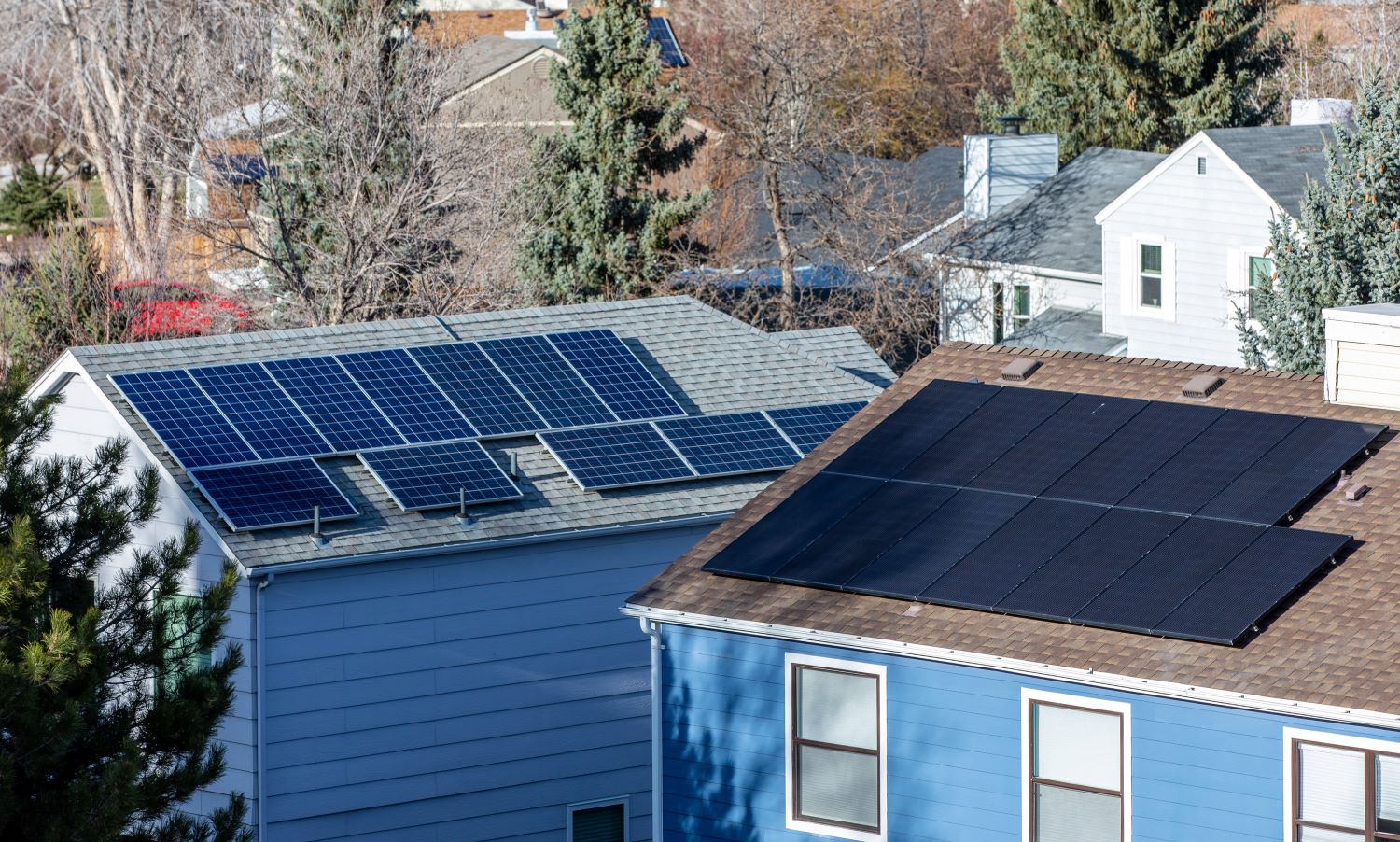The rise of renewable campuses: A brief history and a look ahead
In February 2017, Environment America Research & Policy Center and the Student PIRGs jointly launched the 100% Renewable Campuses campaign. A few years later, the campaign has taken off and colleges and universities across the country are leading the way on renewable energy.
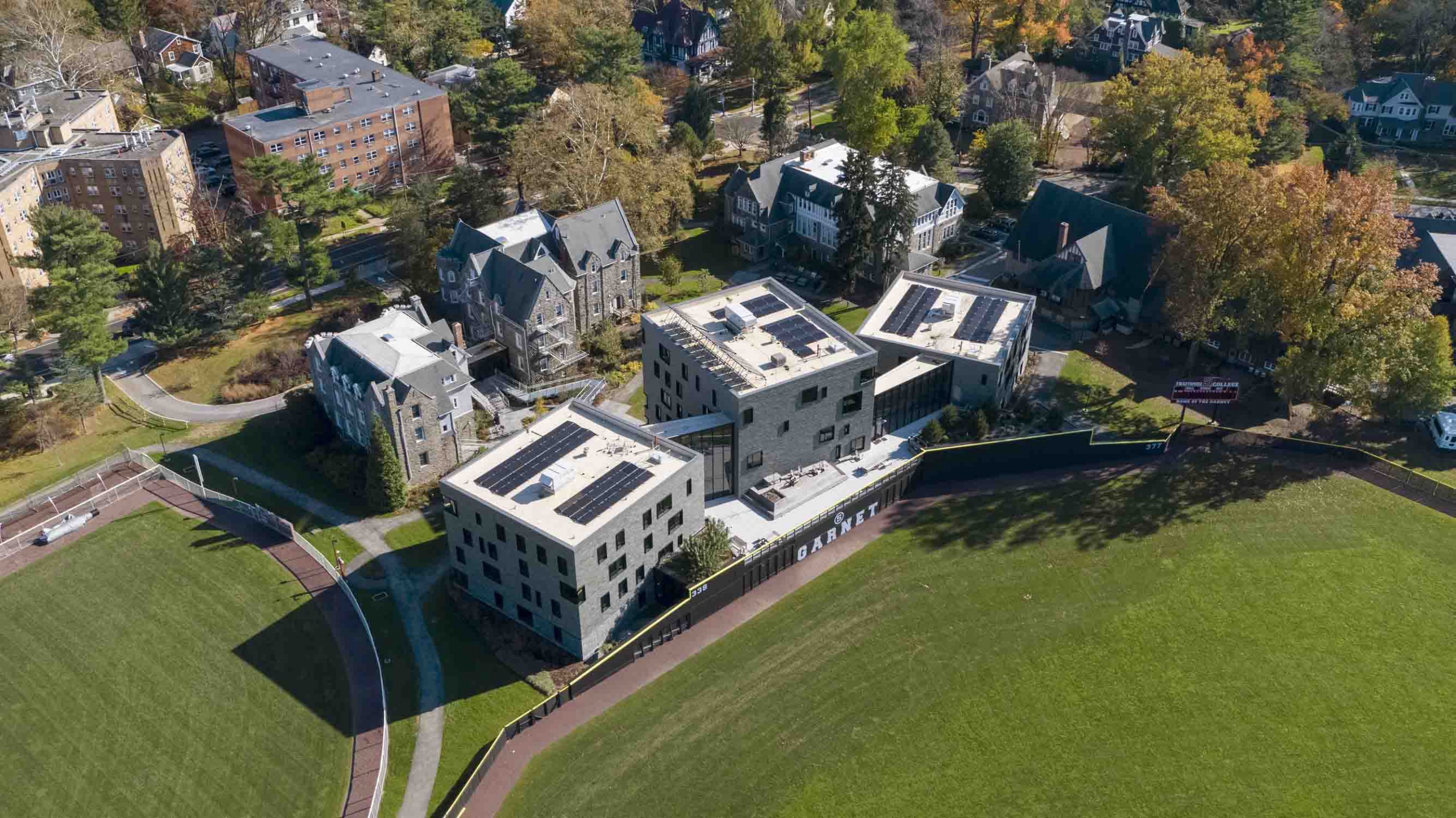
In late 2016 and early 2017, Environment America was getting the ball rolling on a nationwide campaign to convince states and cities to commit to 100 percent renewable energy.
Given Environment America’s partnership with the Student PIRGs — a network of campus chapters dedicated to providing the training, professional support and resources students need to tackle issues like climate change and revitalizing our democracy — and its long history of working with young people, we wanted college campuses to be part of the movement as well. Students throughout the country were doing their own organizing around renewable energy on their campuses, but there was no coordinated, nationwide effort.
And so, in February 2017, Environment America Research & Policy Center and the Student PIRGs jointly launched the 100% Renewable Campuses campaign. Bronte Payne, who was then a second-year campaign associate working on clean energy and who had experience in campus organizing from her own college days, was chosen to lead it.
Bronte Payne works with student organizers at the 2019 Association for the Advancement of Sustainability in Higher Education’s Conference and Expo to help them lead 100 percent renewable campaigns on their campuses. Credit: Staff
We started with Cornell University, where Bronte had spent time doing recruitment for the network and had met many students who were excited about renewable energy. Cornell’s new president was considering walking back some of the university’s carbon neutrality goals, and student activists were keen to make sure that didn’t happen. Not only did students want the university to keep its carbon goals, but they also wanted the esteemed institution to commit to 100 percent renewable energy as a way to meet those goals.
Our clean energy team provided the students with campaign expertise and credibility. Most student organizers were more acquainted with what we’d call a “pressure” strategy, pushing sometimes reluctant university officials to do the right thing. This often included critical language. Our team suggested a “hero” strategy, presenting the 100 percent renewable energy commitment as an opportunity for the university to be a nationwide leader at the forefront of a growing movement.
That strategy worked. Student organizers successfully turned widespread support for renewable energy on Cornell’s campus into a public commitment by the university administration to go 100 percent renewable. It was a pledge the university would take seriously.
Bronte attributes that follow-through to the hero strategy. There was buy-in at all levels of the university to make Cornell a clean energy leader.
The movement grew from there. Led by Jake Taber, then a campaign associate, now a content creator with Environment America’s umbrella group, the Public Interest Network, we next helped Boston University students win a 100 percent renewable commitment from their school in December 2017.
In September 2018, the team, along with our partner CALPIRG Students, helped win a landmark commitment from the entire University of California system to run all 10 of its campuses on clean, renewable electricity by 2025. A few months later, the University of California, Berkeley, went even further with a commitment to get not just its electricity but all of its energy from renewable sources by 2050.
Around the country, students have picked up our movement and run with it. Just in the last academic year, the University of Arizona, Vanderbilt University, two Austin Community College campuses and nine Los Angeles Community College District campuses all joined the ranks of the now dozens of campuses committed to 100 percent renewables. More than 40 — from Columbia University in New York to Southwestern University in Texas — are already there.
Bronte with University of California system President Janet Napolitano. Credit: Staff
Our biggest success so far has been Vanderbilt University. On Earth Day 2019, following a student campaign advised and assisted by Environment America Research & Policy Center, Vanderbilt announced that its campus would be powered entirely by renewable energy by 2050. Two factors make this victory so significant. First, Vanderbilt students ran a model campaign that will stand as an example to student activists across the country and showed that renewable energy can win anywhere, not just in New England or California. The second factor is the follow-through: Within one year of making its commitment, Vanderbilt announced a first-of-its-kind partnership with the Tennessee Valley Authority and Nashville Electric Service to construct a 35-megawatt solar farm to help the university meet its renewable energy goals. It was a historic move, and it wouldn’t have happened without the 100% Renewable Campuses campaign.
Looking ahead, the campaign has set an ambitious goal of committing 150 schools to 100 percent renewable energy. Environment America Research & Policy Center will continue to provide support and expertise as student activists lead their campuses toward a cleaner, healthier future powered by 100 percent renewable energy.
Topics
Authors
Emma Searson
Find Out More
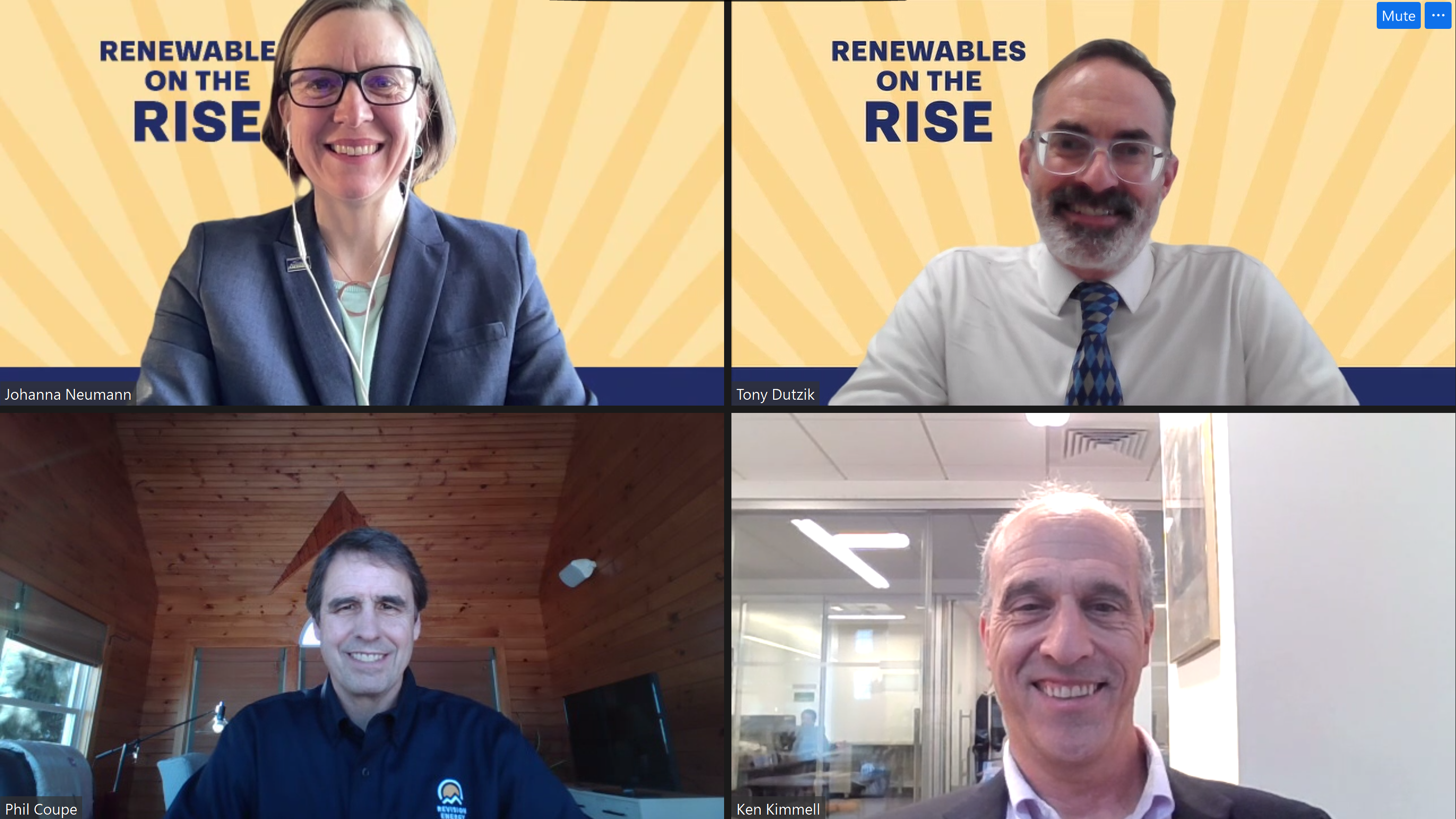
Key takeaways from Renewables on the Rise: Success Stories
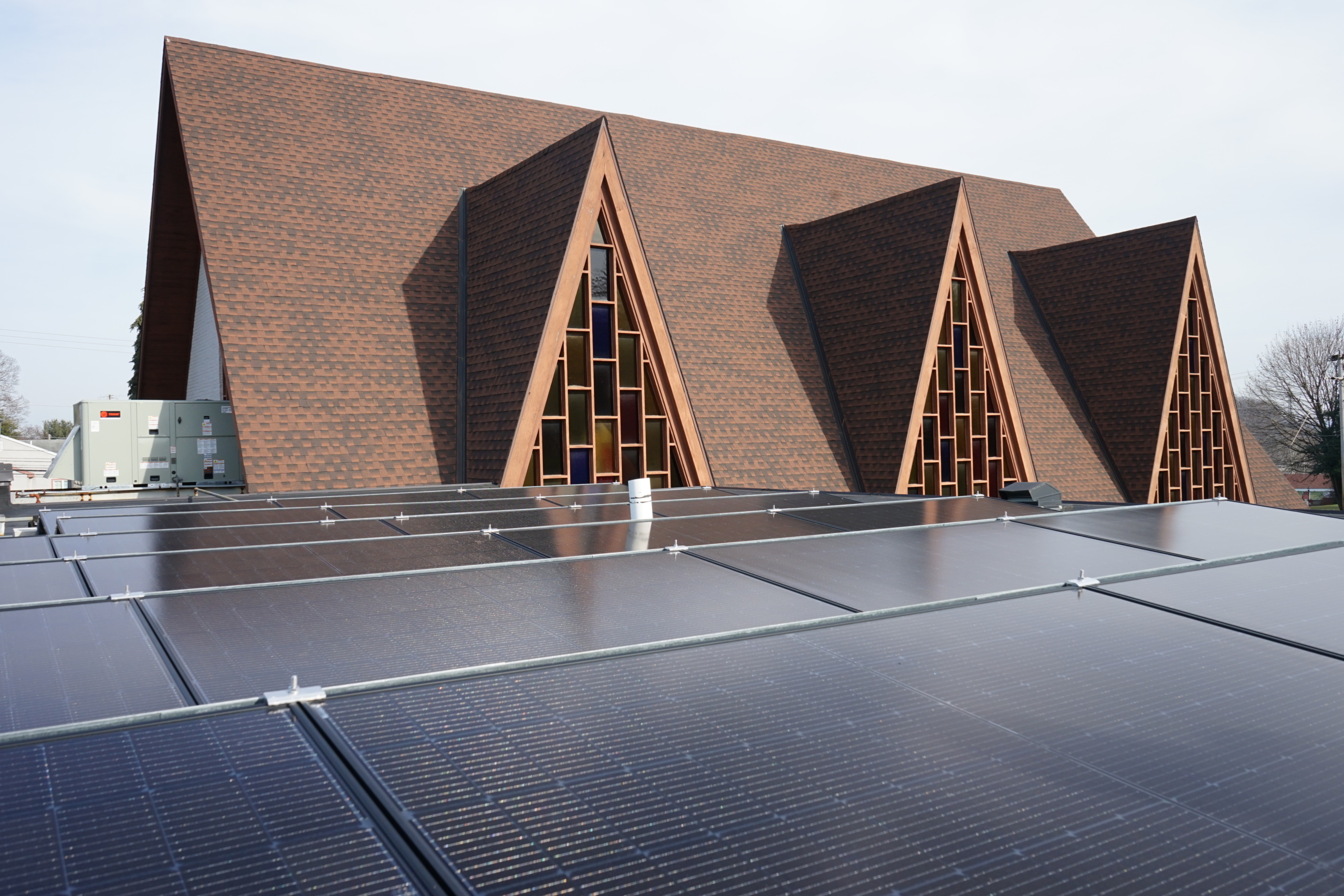
Navigating Inflation Reduction Act Benefits as a Non-Profit
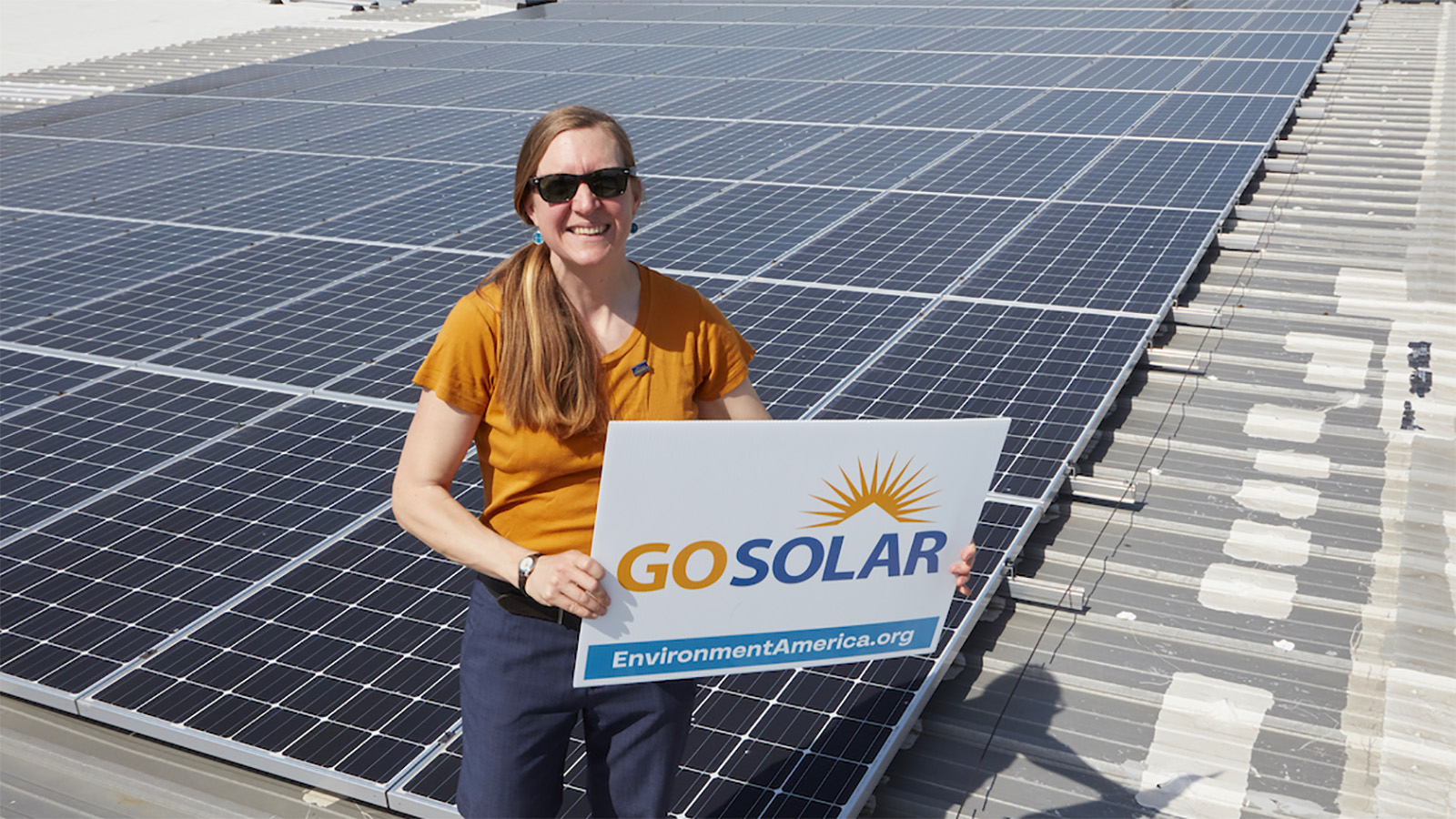
IKEA is going solar
